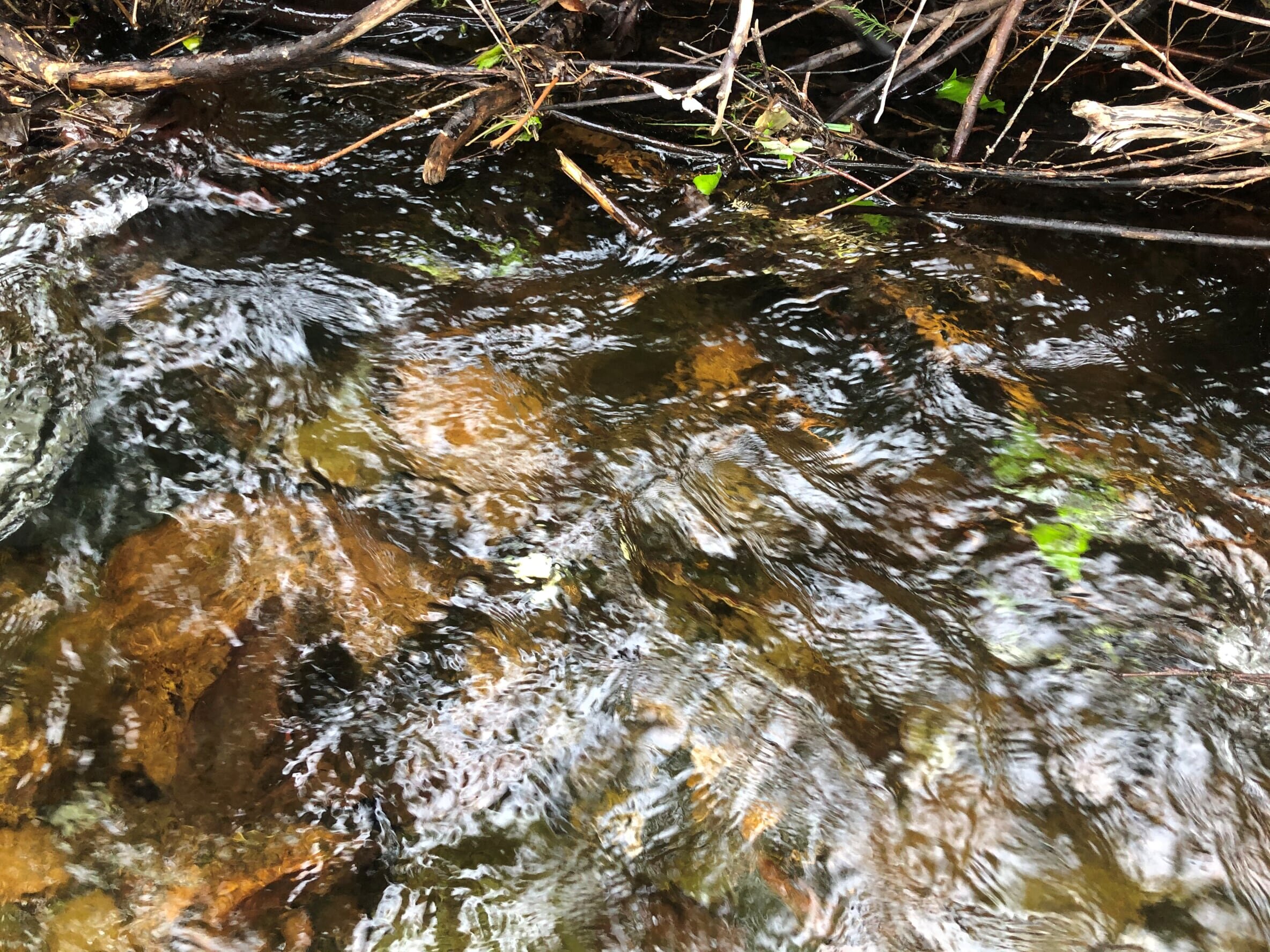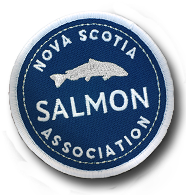
The Atlantic Salmon
(Salmo salar)

There are few aquatic animals as well-known and beloved to humans as Atlantic Salmon. Their significance to First Nations has continued for centuries, providing a valuable food resource, and supporting social, cultural and economic relationships to various Indigenous groups. A complex life cycle and ability to adapt to different habitats makes them one of nature’s greatest survival stories.
Before colonization, almost all of Nova Scotia’s major rivers support Atlantic Salmon. They are now found in just 55 of these rivers, a result of human impact over the last several decades. The threats to their survival are complex and require a collaborative approach to overcome. Understanding what makes Atlantic Salmon unique is more important than ever. The following resources are just a small part of what we do know. They provide a basis for ongoing research into how best to conserve this valuable species.

Life Cycle Notes
Atlantic salmon begin their lives in riverbeds, where they hatch out of eggs in early spring. These small 2cm-long hatchlings are called alevin.
They live and hide in the gravel, receiving nutrients from their attached yolk-sacs and eventually absorbing it to become slightly larger fry.
Salmon fry continue to grow by eating microscopic organisms in the river, eventually growing into parr. At this stage they develop vertical marks along the sides of their bodies.
Parr can spend anywhere from 2 to 6 years in freshwater, before undergoing monumental physiological changes to help them survive in saltwater. During this time they lose their vertical parr marks and are known as smolt.
In the spring and early summer, smolt make their way out to sea, leaving the relative protection of their home rivers to face a variety of new predators and threats.
This migration is important for their growth and after one or two full winters at sea, they return as adults to the freshwater where they were born. When they return, salmon build redds to lay and fertilize their eggs, beginning the cycle for another generation.




